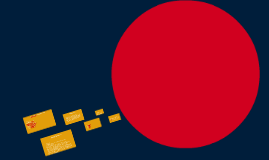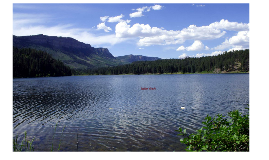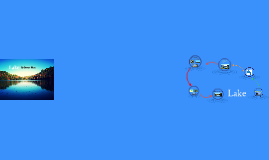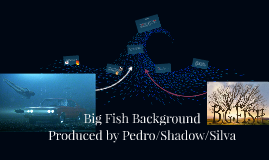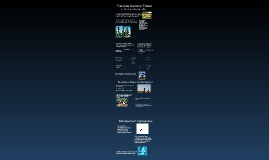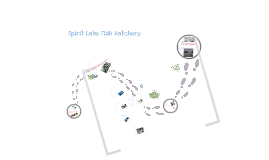Spirit Lake Fish Hatchery
Transcript: 1880-1916 Also, They built a new building to supply the demands of higher fishing pressure Spring gillnetting In 1960, over 3,400,000 lbs. of rough fish were removed making it a record year to date. The End! Early Conservation Efforts 1960-Present Ten 2-man gillnetting crews consisted of members of the general public hired by the state. Gillnetting nights could last from 5 days to 25 days depending on the number of fish being caught. Starting in 1987, eggs from the Storm Lake and Clear Lake operations were incubated at the Spirit Lake facility. Since 2004, the gillnetting has been done solely by fisheries employees. Thank you for listening about The Spirit Lake Fish Hatchery. With the construction of a new hatchery facility in 1963, the fish culture program was streamlined to concentrate on walleye, musky, tiger musky, and northern pike Again in 1978, an addition was added to the hatchery to provide more tanks for intensive culture. Two hatching batteries from the Clear Lake Hatchery were also added raising the total number of hatching jars to 435. Animals being produced by the hatchery 1881: trout eggs, white fish eggs, walleye, black crappie, buffalo, perch, and mallards! Rough Fish Removal In 1911, The hatchery was renovated to allow for production if needed. No Production!! Then in 1910, We built a dam (known as the grade) at the north end of Spirit Lake to keep the fish escaping into Minnesota. In 1917, The Hatchery started producing fish again! In 1909, the state paid fisherman to remove rough fish from Iowa waters! Start of Production History Between 1909 and 1937, over 22,000,000 lbs. of rough fish had been removed from state waters. In 1959 New cement breeding ponds were built In 1934, to prevent abuse of the system by commercial anglers, the state formed its own rough fish crew based out of the Spirit Lake Fish Hatchery. The Fish Hatchery was built in 1880, warm watered hatchery. The buildings are on a isthmus between Big spirit and East Okoboji lake. Spirit Lake Fish Hatchery There was no production from 1893 t0 1911!! Also that year, they built a dam to prevent fish from leaving the lakes, around the outlet of the Okiboji's.








